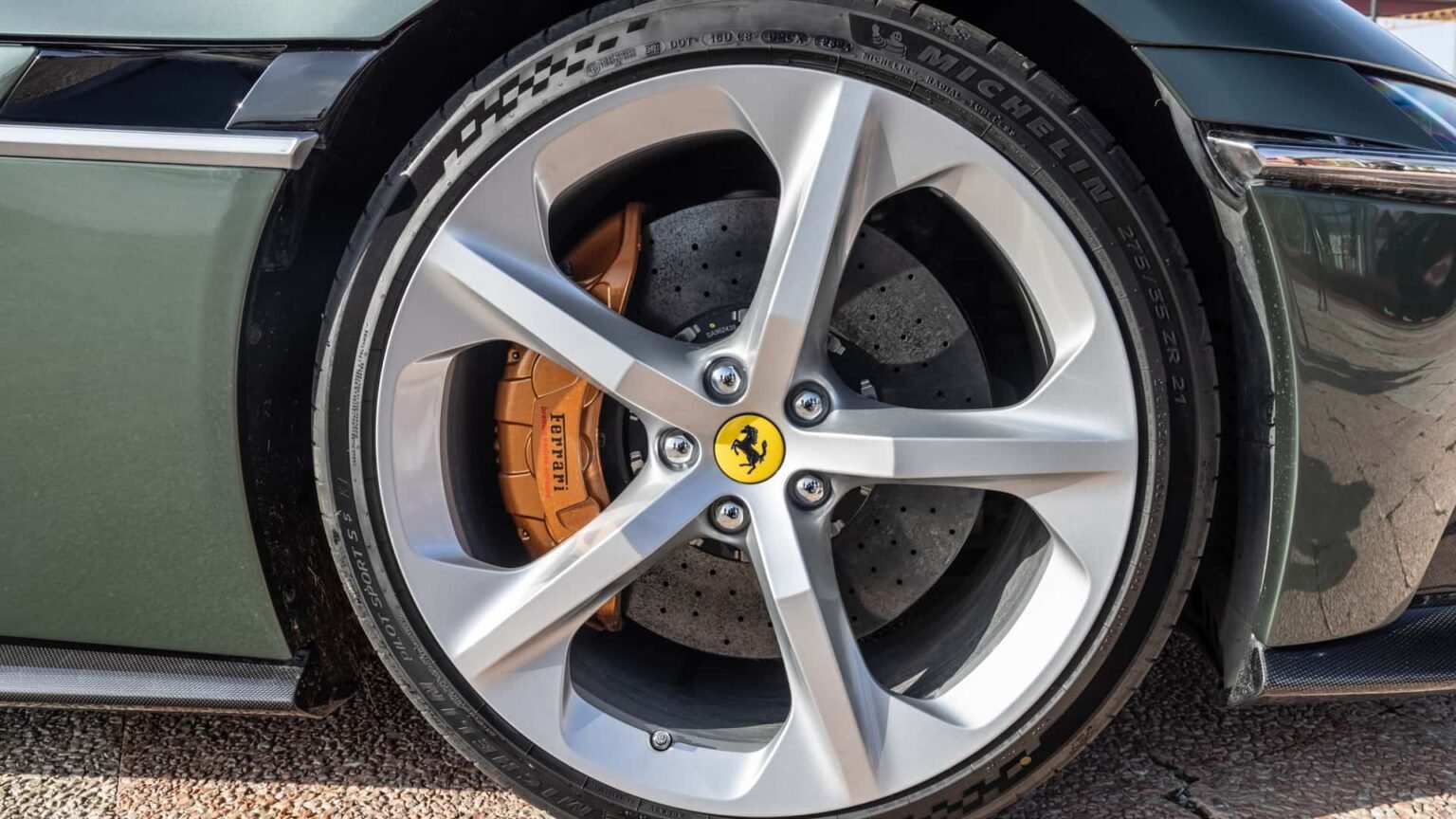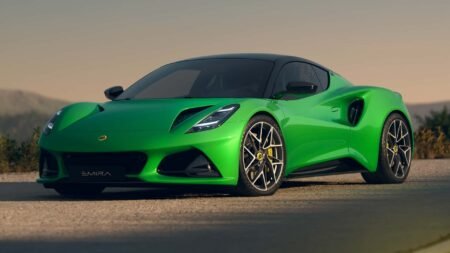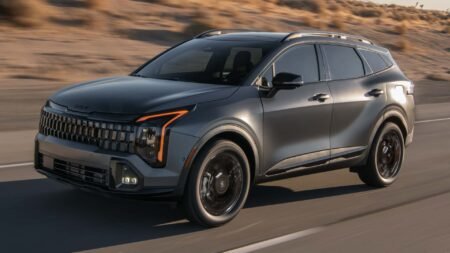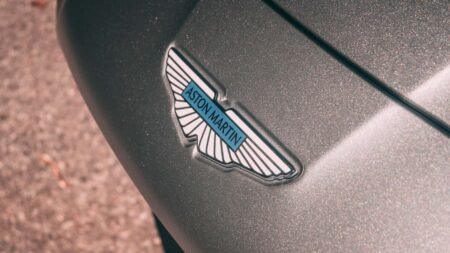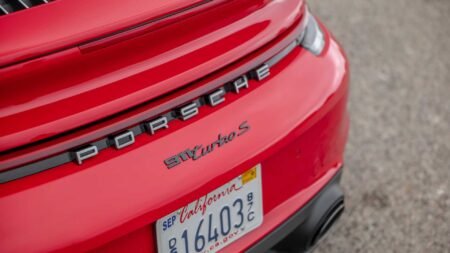It’s been three years since Ferrari announced hell would freeze over with the launch of Maranello’s first electric car. The inaugural Prancing Horse without a combustion engine will break cover on October 9 during the brand’s Capital Markets Day. Well, not entirely. The official reveal will be a multi-step process, starting with the unveiling of the “technological heart.” That will be followed by the “look and feel of the interior design concept” in early 2026, with the full debut scheduled for later that year.
In the meantime, rumors are already circulating that Ferrari has decided to postpone the launch of its second EV. Reuters reported in June that the model has been delayed not once, but twice due to “zero demand.” Citing sources familiar with the matter, the news agency claims the second EV won’t arrive before 2028. However, CEO Benedetto Vigna has now dismissed the speculation, pointing out that the car doesn’t even exist, at least officially.
Ferrari EV test mule based on Maserati Levante body
Speaking during the Q2 2025 earnings call, Ferrari’s chief executive clarified: “We never talked about a second or third electric car.” That makes sense. There’s nothing to delay if no product has been officially announced. What happens behind the scenes is another matter. Cars are routinely delayed or canceled altogether, but in this case, Ferrari hasn’t contradicted itself. That said, Reuters could still be right, though we’ll probably never know for sure.
For now, the CEO remains “very confident” in the success of Ferrari’s first EV, adding that “there is not a single hour of delay.” Vigna mentioned he had the chance to drive a prototype on a track a few weeks ago: “I can tell you how excited we are for the upcoming launch.” He declined to offer further details, but we’ve seen test mules using Maserati Levante bodies. That could suggest the car won’t be a pure supercar but rather a grand tourer of some kind; not necessarily an SUV, despite the Levante connection.
Ferrari hasn’t released any preliminary pricing, although reports suggest the EV will cost more than $500,000. It’s expected to be a low-volume model, while the follow-up vehicle (which officially doesn’t exist) is rumored to have a higher production run, about 5,000 to 6,000 units over a five-year cycle.

Ferrari EV test mule based on Maserati Levante body
The previously stated goal of having EVs account for 40 percent of Ferrari’s annual sales by 2030 remains unchanged. Another 40 percent will be hybrids, and the final 20 percent will be pure combustion engine cars. Ferrari has already pledged to keep the venerable V-12 until it’s essentially outlawed. It’s no longer in the company’s flagship, but the twelve-cylinder engine lives on in the Purosangue SUV and the new front-engined 12Cilindri. It’s also likely to appear in future specialty models from the Icona Series, still in its naturally aspirated 6.5-liter form and mounted behind the seats.
While Ferrari is committed to starting deliveries of its first EV in 2026, archrival Lamborghini has postponed the Lanzador to 2029, and it might still feature a combustion engine via a plug-in hybrid setup. Other exotic brands like Koenigsegg and Pagani have said their customers aren’t interested in electric cars. Bugatti Rimac’s CEO declared last year that wealthy clients don’t want electric hypercars anymore, which is one reason the Nevera has struggled to find buyers despite setting multiple records.
Ferrari’s first step into the EV space is unlikely to rival the Nevera, so a more restrained offering might actually be the smarter move.
Read the full article here





